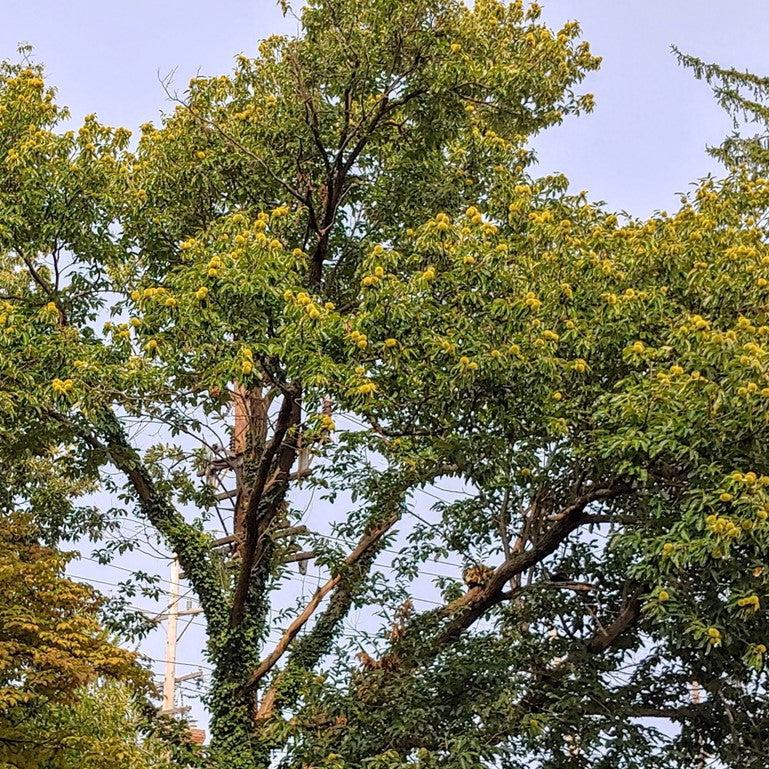In the vast expanse of botanical wonders, the Chinese Chestnut (Castanea mollissima) emerges as a symbol of cultural heritage and natural beauty. With its rich history, flavorful nuts, and ornamental appeal, this majestic tree offers a glimpse into the past while enriching the present-day landscapes with its charm and versatility.
Introduction: Discovering the Enchantment of the Chinese Chestnut
The Chinese Chestnut, scientifically known as Castanea mollissima, captivates with its stately presence and cultural significance. Originating from China, this deciduous tree has spread its roots across the globe, finding a home in gardens, orchards, and urban landscapes, where it continues to captivate with its ornamental beauty and practical benefits.
Appreciating Botanical Beauty and Culinary Delights
One of the most enchanting features of the Chinese Chestnut is its clusters of spiky burrs, which encase the prized chestnuts within. As the burrs ripen and split open in autumn, they reveal the glossy brown nuts nestled within, prized for their sweet, flavorful meat. Beyond their culinary appeal, the nuts serve as a symbol of abundance and sustenance, echoing centuries of cultural tradition and culinary heritage.
Ecological Significance and Horticultural Appeal
Beyond its culinary value, the Chinese Chestnut plays a vital role in supporting local ecosystems and providing shade and shelter for wildlife. Its lush foliage and spreading canopy offer a respite from the summer sun, while its nuts provide food for birds, squirrels, and other wildlife species. For gardeners and landscape designers, the Chinese Chestnut offers aesthetic appeal, seasonal interest, and opportunities for creative expression in garden design.
Practical Applications in Horticulture and Conservation
Gardeners and conservationists can capitalize on the versatility and resilience of the Chinese Chestnut to enhance landscapes and promote sustainable gardening practices. Whether used as a specimen tree, a shade tree in orchards and parks, or part of a wildlife-friendly garden, this species offers aesthetic appeal, cultural significance, and ecological benefits for landscapes of all sizes.
Conservation and Preservation Efforts
As stewards of the land, gardeners and conservationists play a crucial role in preserving native species like the Chinese Chestnut and their associated ecosystems. By incorporating Chinese Chestnuts into landscape designs and restoration projects, they can help conserve biodiversity, restore habitat connectivity, and foster a deeper appreciation for cultural heritage and botanical diversity.
Embracing Nature's Gifts and Cultural Treasures
In the realm of horticulture and conservation, the Chinese Chestnut stands as a symbol of resilience, cultural heritage, and natural beauty. By embracing its unique qualities and integrating it into landscapes, we can celebrate the richness of nature's gifts while honoring the cultural traditions and botanical diversity that enrich our lives and landscapes.


